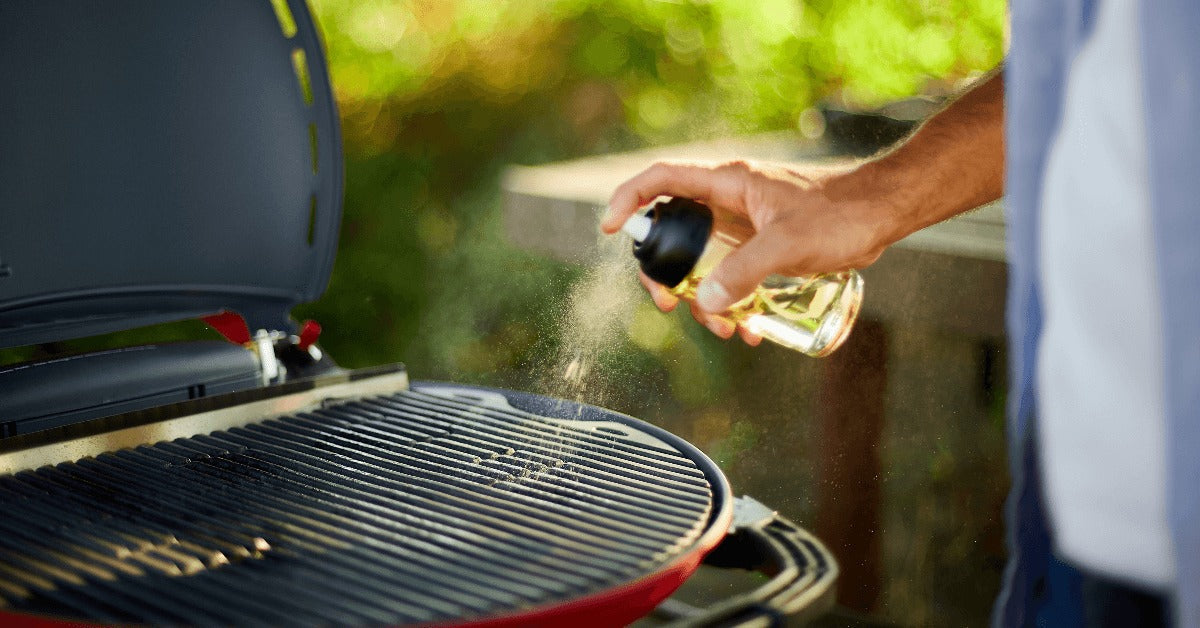Keeping your kitchen sink drain clean is a crucial part of maintaining a hygienic and efficient kitchen space. A clogged drain can be quite a nuisance, resulting in unpleasant odors, slow drainage, and even more severe plumbing issues. In this article, we will walk you through several effective methods on how to clean kitchen sink drain, ensuring your sink remains fresh and functional.

Why Cleaning Your Kitchen Sink Drain is Important
The kitchen sink is often the busiest spot in any home. From washing dishes to preparing meals, it handles a lot of activity and can quickly become a breeding ground for bacteria and grime. Regular cleaning helps to:
- Prevent unpleasant odors: Food particles and debris can accumulate in the drain, leading to foul smells.
- Ensure efficient drainage: A clean drain allows water to flow freely, preventing slow drainage and potential blockages.
- Maintain hygiene: Regular cleaning reduces the risk of bacterial growth and keeps your kitchen environment safe.
- Extend the lifespan of your plumbing: Proper maintenance can help avoid costly plumbing repairs and replacements.

Signs Your Kitchen Sink Drain Needs Cleaning
It's essential to recognize the signs that indicate your kitchen sink drain needs cleaning. Here are some common indicators:
- Foul odors: A persistent bad smell coming from your sink is likely due to buildup in the drain. Learn about odor removal.
- Slow drainage: Water taking longer than usual to drain is a sign of a clogged or partially blocked sink drain. Discover more about improving drainage.
- Gurgling sounds: Unusual noises when water is draining can indicate trapped air or a blockage. Check out our guide on gurgling sounds.
- Standing water: If water pools in your sink and takes a while to drain, it's time for a thorough cleaning. Refer to our fix standing water solutions.

How to Clean Your Kitchen Sink Drain
1. Boiling Water
This is one of the simplest and most effective methods to clean your kitchen sink drain. Boiling water helps to dissolve grease, food particles, and other debris that may be causing a blockage. Here's how to do it:
- Bring a pot of water to a boil.
- Carefully pour the boiling water down the drain in a steady stream.
- Repeat the process if necessary, allowing a few minutes between each pour.
2. Baking Soda and Vinegar
A natural and eco-friendly solution, baking soda and vinegar can effectively break down buildup in your kitchen sink drain. Follow these steps:
- Pour half a cup of baking soda down the drain.
- Follow with a cup of vinegar.
- Allow the mixture to fizz and work for about 15-20 minutes.
- Flush the drain with hot water.
3. Use a Plunger
If the boiling water and baking soda-vinegar methods don't work, a plunger can help dislodge stubborn blockages. Here's how to use it:
- Fill the sink with enough water to cover the plunger's cup.
- Place the plunger over the drain and create a tight seal.
- Plunge vigorously up and down for about 20-30 seconds.
- Remove the plunger and check if the water drains properly.
4. Plumber's Snake
A plumber's snake, also known as a drain auger, is a handy tool for tackling more severe blockages. Follow these steps:
- Insert the end of the snake into the drain.
- Rotate the handle to push the snake further into the drain and break up the blockage.
- Continue rotating and pushing until you feel resistance, indicating you've reached the clog.
- Slowly pull the snake out, bringing the debris with it.

Preventative Measures to Keep Your Kitchen Sink Drain Clean
Regular maintenance can help prevent clogs and keep your kitchen sink drain in top condition. Here are some preventative measures to consider:
- Use a Drain Strainer: Install a drain strainer to catch food particles and debris before they enter the drain, reducing the risk of clogs.
- Avoid Pouring Grease Down the Drain: Grease can solidify and cause blockages. Dispose of it in a container and throw it in the trash.
- Run Hot Water: Flush your drain with hot water after each use to help keep it clear and free of buildup.
- Regular Cleaning: Incorporate a regular cleaning routine using the methods mentioned above to maintain your drain's cleanliness and functionality.
- Clean Your Kitchen Tiles: Keeping your kitchen tiles clean can also help maintain overall hygiene. Learn more here
Frequently Asked Questions
1. How often should I clean my kitchen sink drain?
It's recommended to clean your kitchen sink drain at least once a month to prevent buildup and maintain proper drainage. However, if you notice any signs of clogs or odors, it's best to address the issue immediately.
2. Can I use chemical drain cleaners?
While chemical drain cleaners can be effective, they can also be harsh and potentially damaging to your pipes. It's best to try natural methods first, like baking soda and vinegar, before resorting to chemical cleaners. If you do use them, follow the instructions carefully and use them sparingly.
3. What should I do if my sink is still clogged?
If your sink remains clogged after trying the methods mentioned, it may be time to call a professional plumber. They have the expertise and tools to tackle more severe blockages and ensure your plumbing system is in good shape. For additional troubleshooting tips, check out this guide.
As an Amazon Associate, I earn from qualifying purchases.






Leave a comment
This site is protected by hCaptcha and the hCaptcha Privacy Policy and Terms of Service apply.